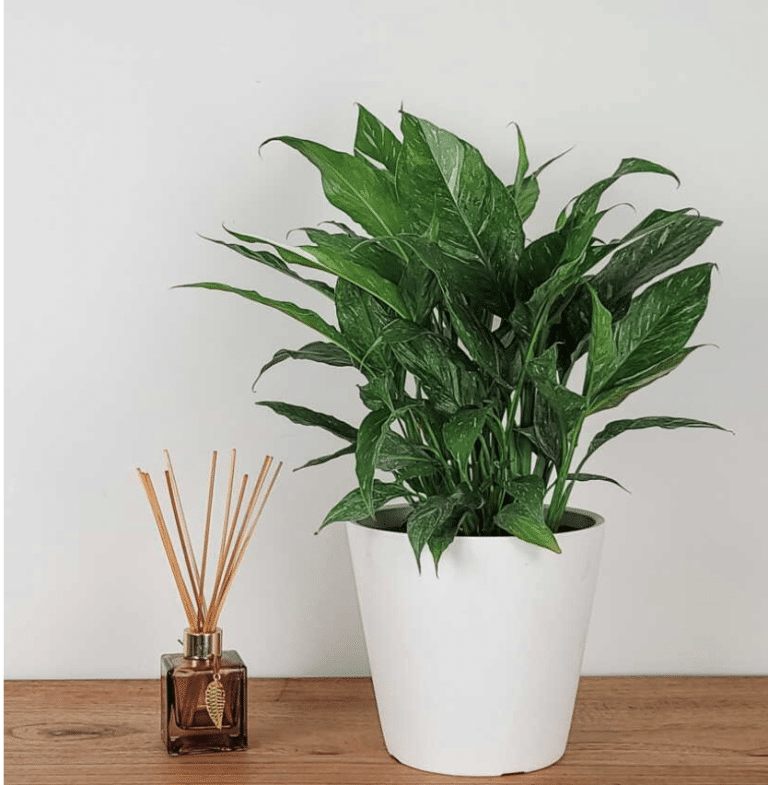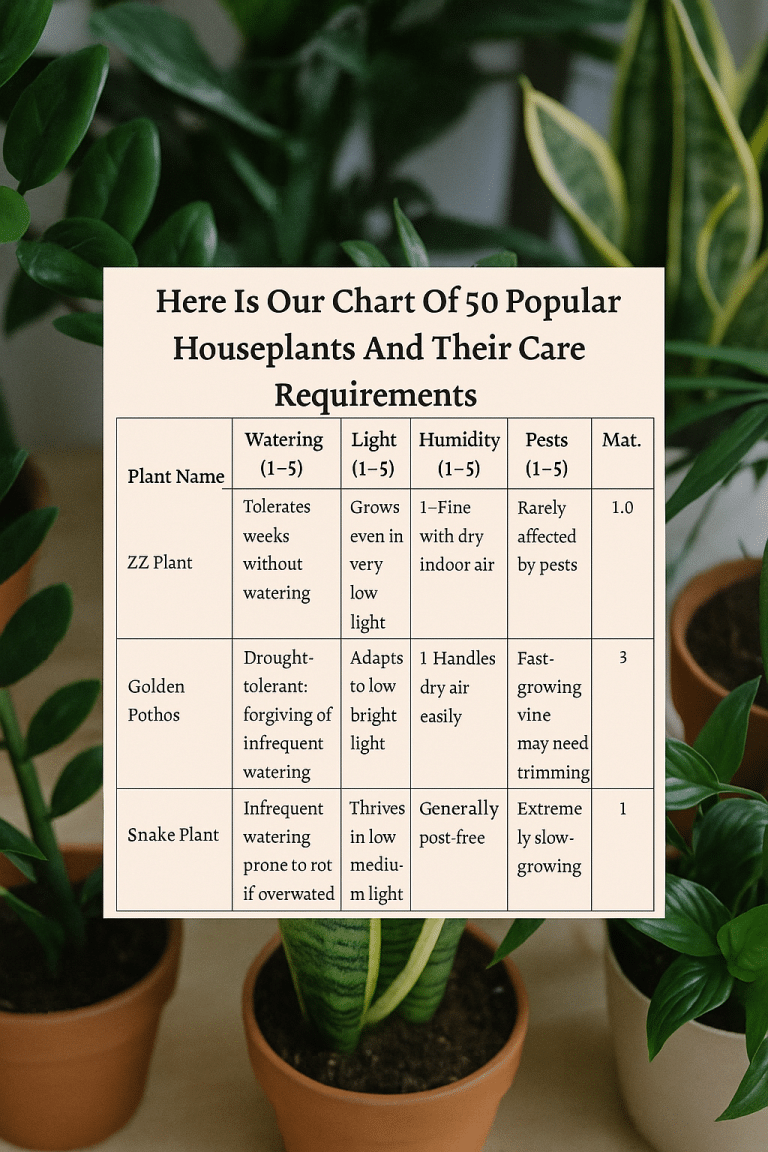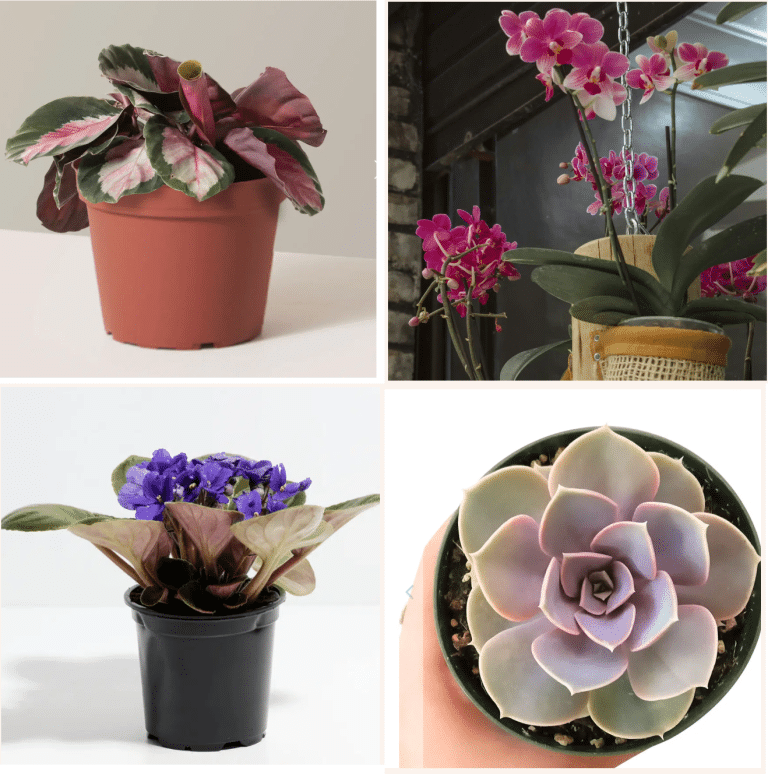How Much Light Do Purple Plants Need?
Learn what keeps purple plants’ color vibrant in our Brooklyn community home, plus easy fixes for fading foliage.
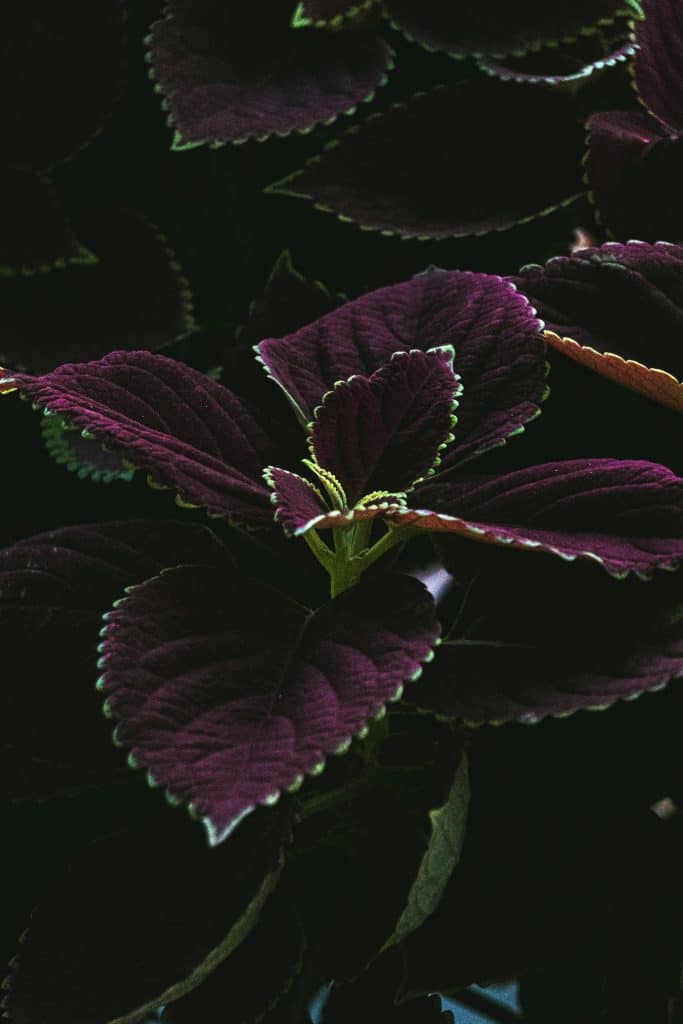
When you purchase through links on our site, we may earn an affiliate commission, which helps sustain our blog!
If your purple houseplant is fading to green or looking a little sad, you’re not alone! Lighting is one of the biggest factors that affect the color and health of purple-leaved plants—and most of us aren’t quite sure what “bright indirect light” really means.
Whether you’ve got a Purple tradescantia trailing across your shelf or a velvety Persian Shield in the corner, we’re here to demystify what these vibrant beauties actually need to thrive indoors. From sunlight strength to window direction, this guide is tailored for beginners who want bold color and happy plants—without the guesswork. Let’s bring that purple back!
Summary
How much light to purple houseplants need?
Purple houseplants need bright, indirect light to maintain their rich color—too little light leads to fading, while direct sun can scorch delicate leaves. Rotate weekly for even exposure and move closer to a light source if new growth looks green or leggy.
Why Purple Plants Need the Right Light to Stay Vibrant

The role of anthocyanins in purple coloration
Those rich purples and burgundies don’t happen by accident. They’re caused by anthocyanins, pigments that develop in response to light and stress. It’s basically the plant’s natural sunscreen. But without the right light, these pigments don’t get triggered.
What happens when purple plants don’t get enough light (fading, leggy growth)
We had a Purple Heart plant that looked amazing when we brought it home—vibrant, compact, strong. But we stuck it in a low-light corner, and in two weeks it looked like a different plant: leggy stems, pale leaves, and barely any purple left. It was technically alive, but it had lost its spark. That’s when we realized too little light doesn’t just slow growth—it erases color.
How too much direct light can scorch delicate leaves
On the flip side, leaves can get crispy within days in Direct sunlight. Especially in the afternoon, it can burn tender purple foliage and bleach the leaves. These plants usually prefer bright, indirect light—enough to trigger pigment, but not so much that they fry.
Signs your purple plant is getting the wrong kind of light
Once you know what to look for, it gets easier. Fading color? Could be too little light. Scorched spots or curled leaf edges? Likely too much sun. Long, stretched-out stems or new growth that’s green instead of purple? Definitely not enough light. Now we adjust placement as soon as we notice those signs, and our plants bounce back faster every time.
Read also: Why is my purple plant turning green?
How to Measure Light in Your Home (Without Fancy Tools)
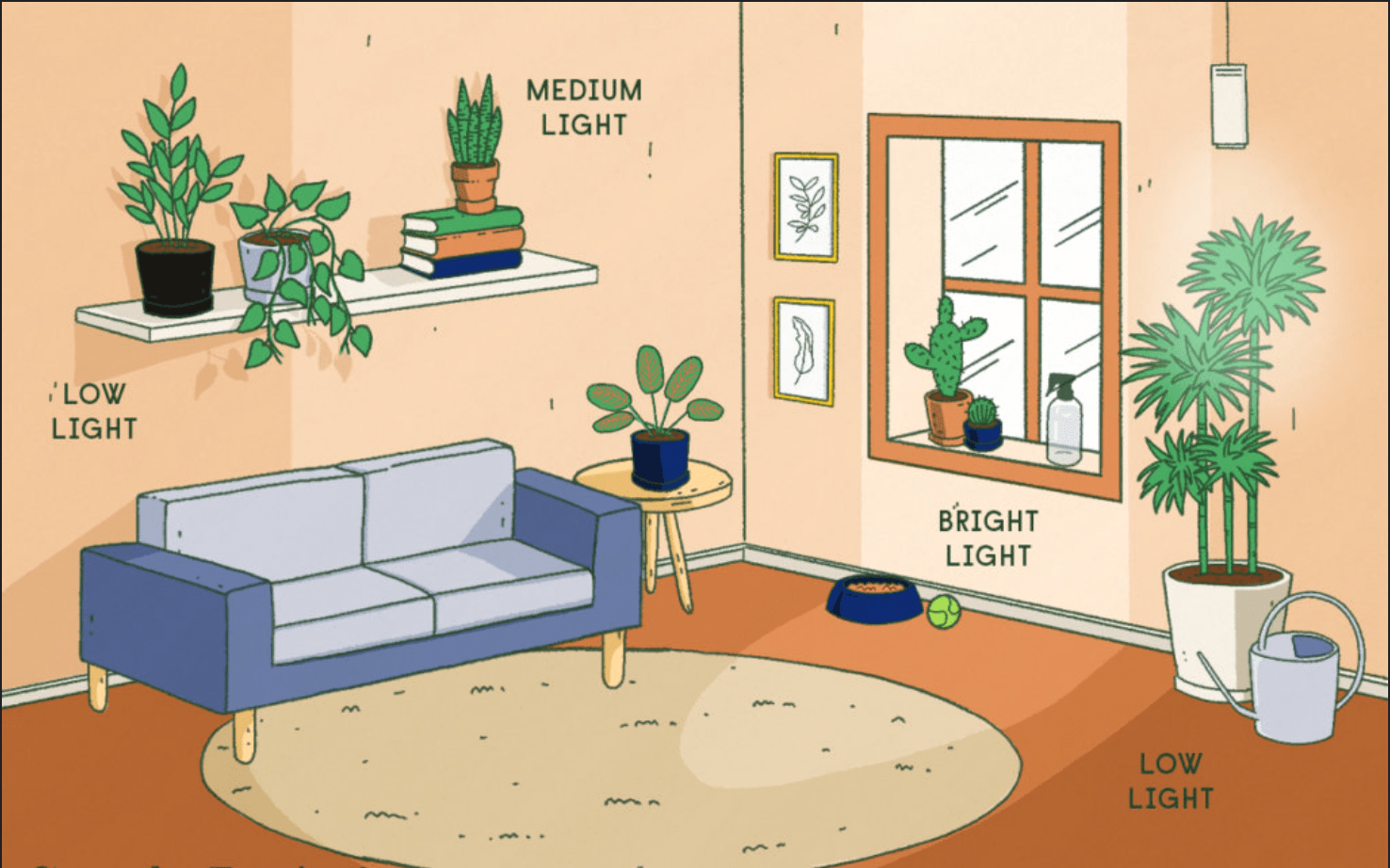
Understanding light levels: direct, bright indirect, medium, and low
First, a quick breakdown. Direct light is harsh—think full sun for most of the day. Bright indirect is filtered or bounced off a wall. Medium light is a few feet away from a window, and low light is that shadowy corner we all have. Most purple plants thrive in bright indirect light—it’s strong enough to maintain color without causing damage.
Simple ways to test light with your hand or phone
One of our favorite tricks? The hand shadow test. Hold your hand about a foot above where the plant will go. A crisp shadow = bright light. A blurry one = medium. No shadow = low light. If you’re feeling techy, your phone camera’s light meter app works in a pinch too—it gives you a rough lux reading, and it’s surprisingly useful.
How window direction affects light (north, south, east, west)
East-facing windows give gentle morning light—perfect for most purple plants. South-facing gives the most light, but you’ll need to pull plants back or use sheer curtains. West-facing can get harsh afternoon sun (we’ve scorched a few leaves there). North-facing tends to be too dim for color maintenance unless the plant’s right on the sill.
Tips for seasonal light changes and adjustments
In winter, we noticed our Calathea’s purple faded a bit—even though we didn’t move it. Turns out, seasonal light changes are real. The sun shifts, and rooms that were bright in summer get gloomy fast. Now we adjust plant positions every season, move them closer to the window when needed, and even switch shelves around to keep the light consistent.
Read also: How to Maintain Deep Purple Foliage in Houseplants
Best Spots in Your Home to Place Purple Plants
East- and west-facing window sills for ideal morning or afternoon light
Some of our happiest purple plants live on east-facing sills. Morning light is bright but gentle, which keeps color rich without frying the leaves. West-facing sills work too—just be careful with afternoon intensity. We once lost a Fittonia that got too much heat from a west window in summer. Now we add sheer curtains if needed, and rotate plants during the year.
Placement tips for rooms with filtered curtains
Sheer curtains are our secret weapon. They turn harsh sun into bright indirect light, perfect for purple-leafed plants. We hung them in our reading room just for the plants, and now the whole space feels softer. Filtered light lets you place plants closer to the window without risking burns.
Using plant stands, hanging planters, and corner lighting
Height can help. We use plant stands to lift small purple plants up where they catch more light. Hanging planters work great near bright windows, especially for trailing types like Purple Heart.
Read also: Our favorite pots for purple houseplants
Ideal locations in living rooms, bedrooms, and bathrooms
We’ve styled purple plants on bedroom nightstands near east windows, on living room shelves with afternoon glow, and even on bathroom counters where humidity helps. Each space needs a little testing—sometimes just moving a plant two feet closer to the window makes a big difference.
Common Lighting Mistakes Beginners Make
Confusing low light with no light
We thought “low light” meant “back of the room, behind the couch, zero sun.” Turns out, that’s no light—and most purple plants can’t survive it. Even “low light” plants need some brightness. We now aim for indirect light within 3–6 feet of a window as our baseline. Anything less, and we add artificial help.
Rotating plants too often—or not at all
We used to spin our plants constantly, thinking we were doing them a favor. Then we read that too much rotation can actually stress them out. On the flip side, not rotating at all made one side fade while the other thrived. Now we do a gentle quarter turn every week or two, just enough to keep light even. Don’t over do anything! even the solutions we recommend 🙂
Placing purple plants near heat sources or drafty windows
We made this mistake more than once—setting a pretty plant near a heater or cold window. The leaves curled or dulled almost overnight. Heat dries them out and drafts stress them out. Now we check for air vents, radiators, and drafty panes before placing anything.
Conclusion:
Purple plants bring that perfect mix of mystery and color to any home—but without the right light, their wow-factor can fade fast. The good news? You don’t need to be a botanist to keep their color bold and their leaves lush. Just a little awareness about your space, some smart placement, and occasional help from a grow light will do wonders. Start observing how light moves through your home and watch your purple foliage glow brighter week by week!


